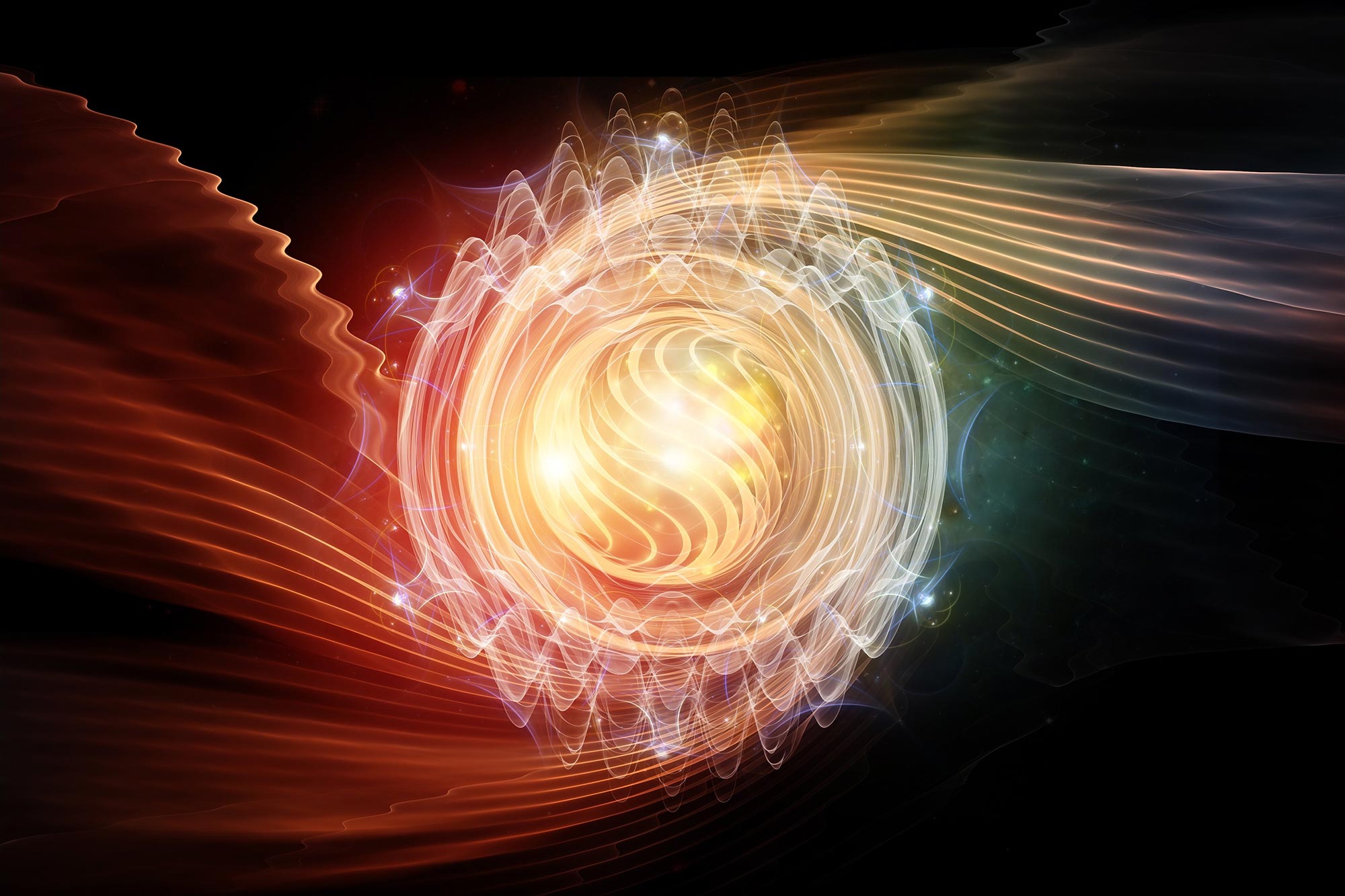Hơn một thế kỷ sau khi nó lần đầu tiên xuất hiện, các nhà khoa học đã hoàn thành bài tập về thuyết tương đối hẹp của Einstein trong thuyết điện từ.
Các nhà nghiên cứu của Đại học Osaka đã chứng minh sự co lại tương đối tính của một điện trường được tạo ra bởi các hạt tích điện chuyển động nhanh, như dự đoán của lý thuyết Einstein, có thể giúp cải thiện nghiên cứu vật lý hạt và bức xạ.
Hơn một thế kỷ trước, một trong những nhà vật lý hiện đại nổi tiếng nhất, Albert Einstein, đã đề xuất lý thuyết đột phá về thuyết tương đối hẹp. Hầu hết mọi thứ chúng ta biết về vũ trụ đều dựa trên lý thuyết này, tuy nhiên, một phần của nó vẫn chưa được chứng minh bằng thực nghiệm. học giả ai Đại học Osaka Viện Kỹ thuật Laser lần đầu tiên sử dụng các phép đo quang điện cực nhanh để hình dung sự co lại của điện trường bao quanh một chùm electron di chuyển với tốc độ gần bằng tốc độ ánh sáng và để chứng minh quá trình tạo ra.
Theo thuyết tương đối hẹp của Einstein, người ta phải sử dụng “biến đổi Lorentz” tính tổng các tọa độ của không gian và thời gian để mô tả chính xác chuyển động của các vật thể đi qua người quan sát với tốc độ gần bằng tốc độ ánh sáng. Ông đã có thể giải thích làm thế nào những phép biến đổi này dẫn đến các phương trình tự hợp của điện trường và từ trường.
Trong khi các hiệu ứng khác nhau của thuyết tương đối đã được chứng minh nhiều lần với mức độ thực nghiệm rất cao[{” attribute=””>accuracy, there are still parts of relativity that have yet to be revealed in experiments. Ironically, one of these is the contraction of the electric field, which is represented as a special relativity phenomenon in electromagnetism.

Illustration of the formation process of the planar electric field contraction that accompanies the propagation of a near-light-speed electron beam (shown as an ellipse in the figure). Credit: Masato Ota, Makoto Nakajima
Now, the research team at Osaka University has demonstrated this effect experimentally for the first time. They accomplished this feat by measuring the profile of the Coulomb field in space and time around a high-energy electron beam generated by a linear particle accelerator. Using ultrafast electro-optic sampling, they were able to record the electric field with extremely high temporal resolution.
It has been reported that the Lorentz transformations of time and space as well as those of energy and momentum were demonstrated by time dilation experiments and rest mass energy experiments, respectively. Here, the team looked at a similar relativistic effect called electric-field contraction, which corresponds to the Lorentz transformation of electromagnetic potentials.
“We visualized the contraction of an electric field around an electron beam propagating close to the speed of light,” says Professor Makoto Nakajima, the project leader. In addition, the team observed the process of electric-field contraction right after the electron beam passed through a metal boundary.
When developing the theory of relativity, it is said that Einstein used thought experiments to imagine what it would be like to ride on a wave of light. “There is something poetic about demonstrating the relativistic effect of electric fields more than 100 years after Einstein predicted it,” says Professor Nakajima. “Electric fields were a crucial element in the formation of the theory of relativity in the first place.”
This research, with observations matching closely to Einstein’s predictions of special relativity in electromagnetism, can serve as a platform for measurements of energetic particle beams and other experiments in high-energy physics.
Reference: “Ultrafast visualization of an electric field under the Lorentz transformation” by Masato Ota, Koichi Kan, Soichiro Komada, Youwei Wang, Verdad C. Agulto, Valynn Katrine Mag-usara, Yasunobu Arikawa, Makoto R. Asakawa, Youichi Sakawa, Tatsunosuke Matsui and Makoto Nakajima, 20 October 2022, Nature Physics.
DOI: 10.1038/s41567-022-01767-w
The study was funded by the Japan Society for the Promotion of Science and the NIFS Collaborative Research Program.
“Nhà phân tích. Con mọt sách thịt xông khói đáng yêu. Doanh nhân. Nhà văn tận tâm. Ninja rượu từng đoạt giải thưởng. Một độc giả quyến rũ một cách tinh tế.”
